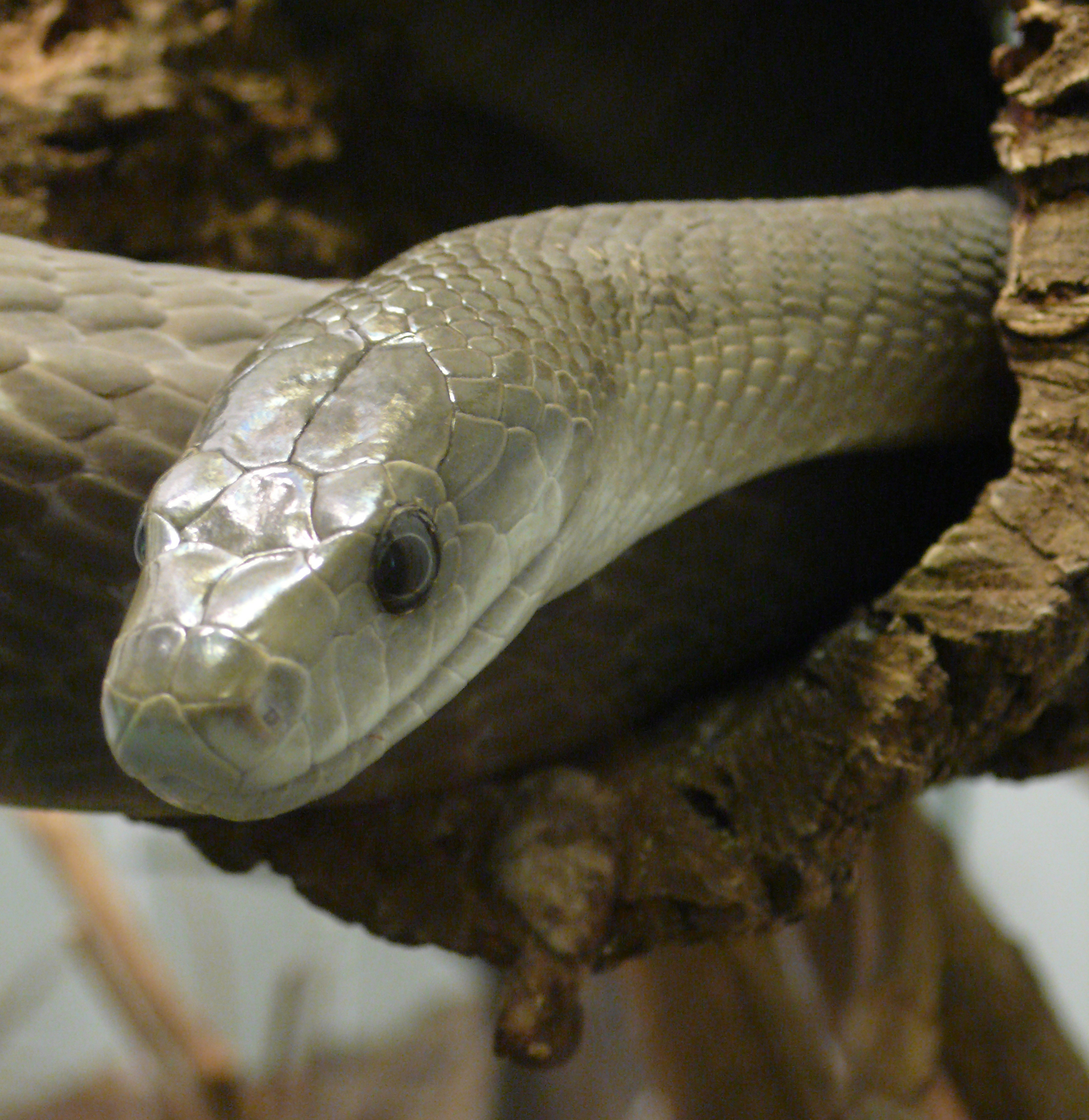Venom from the black mamba snake contains two powerful new pain-killing chemicals, French scientists have  discovered.
discovered.
Venoms have evolved to be active against a wide repertoire of different prey and predator species, meaning that they contain a cocktail of nerve-targeting proteins with a range of effects.
Working with black mamba venom, CNRS scientist Sylvie Diochot and her colleagues separated these proteins into different fractions and tested them individually on cells in a culture dish.
What they were looking for were effects upon structures called ASICs or acid-sensing ion channels.
These are present in pain-sensing nerves and fire off barrages of electrical signals in response to the changes in local pH that accompany inflammation. This makes them a key player in pain signalling.
The French researchers found two proteins in the venom, which they've named mambalgin-1 and mambalgin-2, that appear to prevent the ASICs from responding to acid applied to their cultured cells.
To find out whether they could work as analgesics, the team then injected one of the mambalgin proteins into mice, either peripherally into the skin, or into the fluid around the spinal cord.
The result, published in Nature, was a reversible analgesic effect that kicked in within minutes and was as powerful as morphine but without any of the undesirable opioid side effects, like sedation or tolerance.
The tests also showed that the venom molecules were targeting different ASIC molecules in the skin compared with the spinal cord, revealing at least two new ways to control pain in future.










Comments
Add a comment